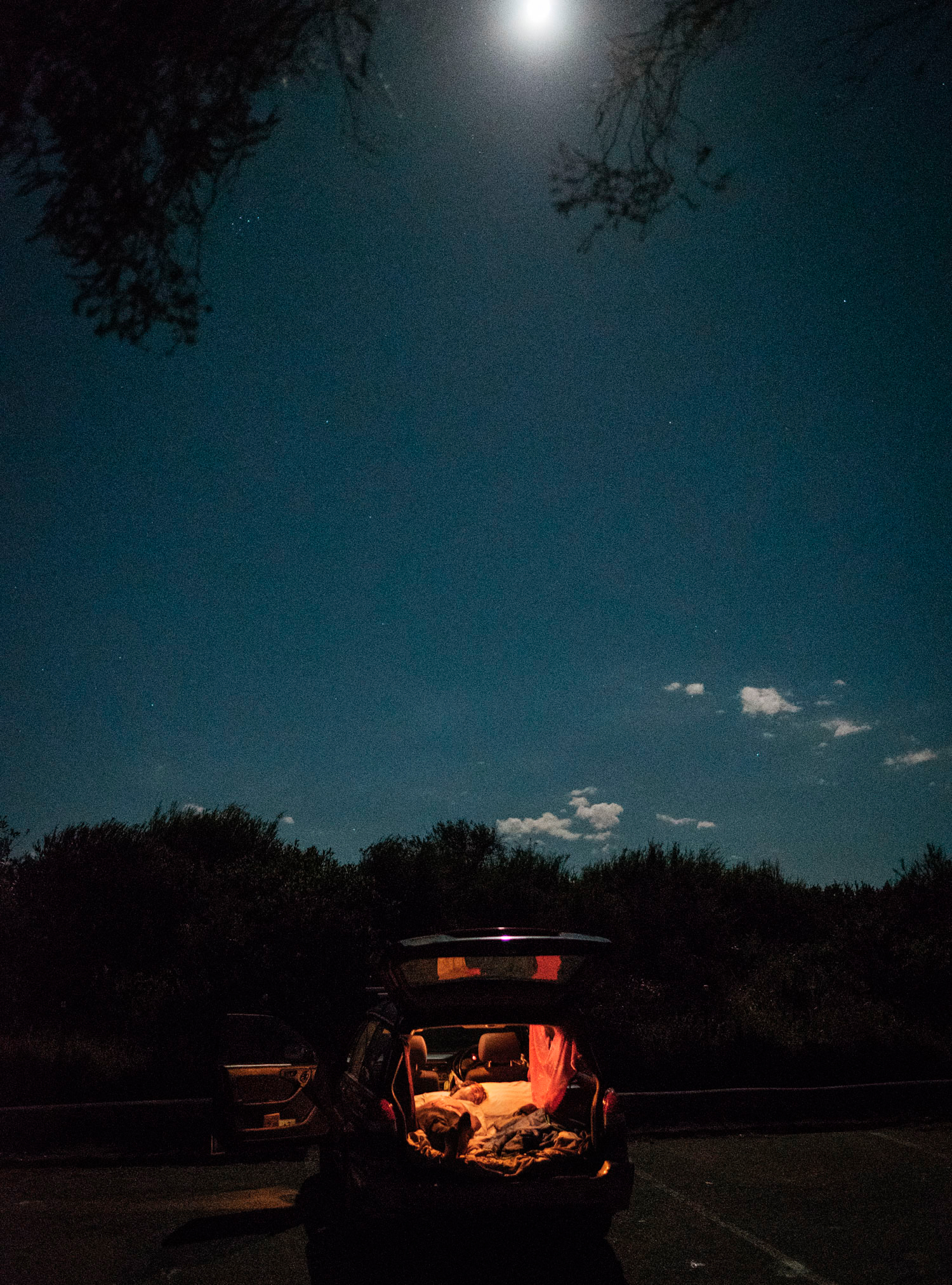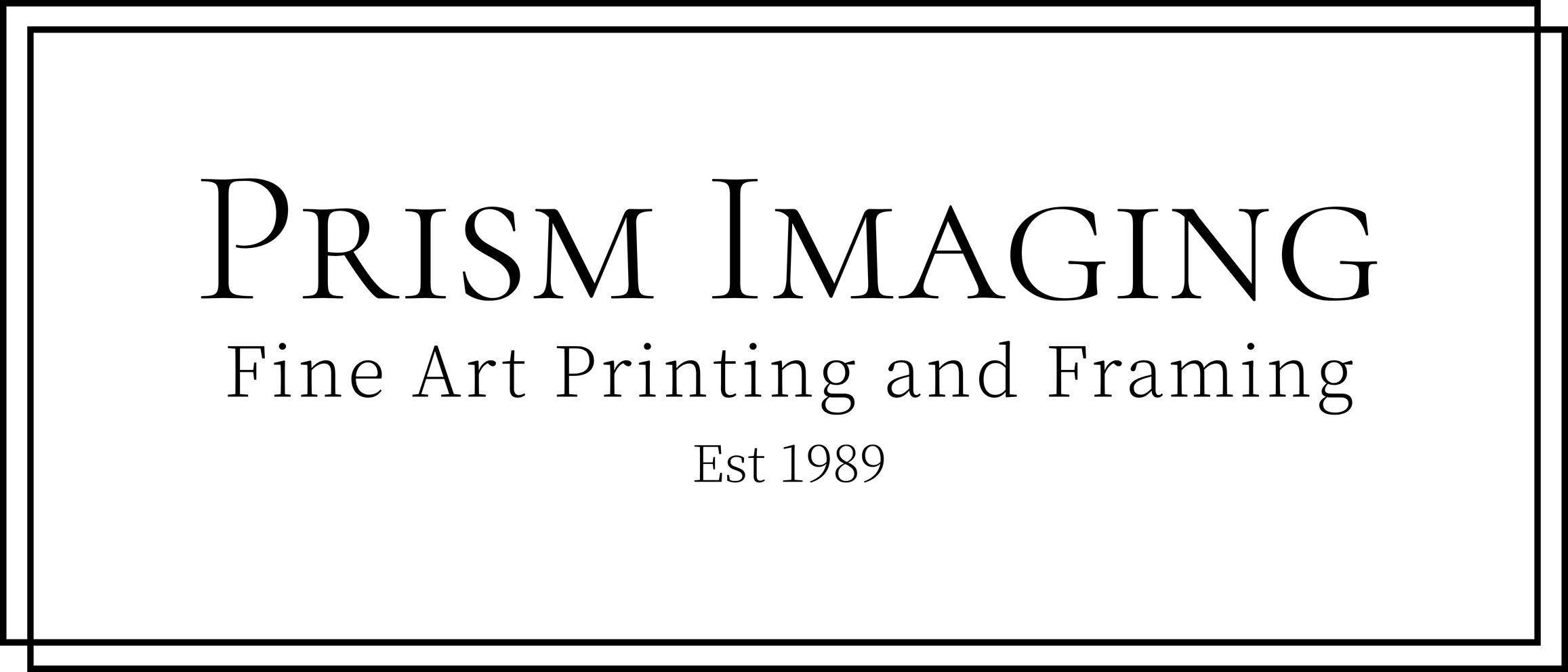Madz Rehorek is a photographer, curator, the Asia-Pacific manager for #Dysturb and was the co-founder of Ruffian Gallery. Today we’d like to share a little bit more about this incredibly prolific woman who has been a part of the Prism family for many years. We’re absolutely honoured to feature her in our latest interview and develop some insight into her striking images.
You have collaborated with emerging and established photographers from various photo agencies, taught at RMIT and travelled extensively for photo based work. Tell us how this all started and why photography?
I grew up in a household of artists and was always drawing, ripping things up, making things and getting messy. Then I started photographing, simply enjoying the process of meeting new people and taking their portrait, continuing on with the tones and light that I was experimenting with in my drawings.
When I was around 16, I had friends who were dancers and we used photoshoots as an excuse to go on adventures, setting up scenes in nice light around South Australia. I enjoyed the freedom the medium gave me, it was less confining than drawing, and it’s a constant collaboration with other people.
Firstly some questions about your photography and your love of photojournalism. What catches your eye and moves you to take a picture?
I’m really fascinated by photojournalism and even that term at the moment. I think that the decline of traditional media and the rise of digital has brought the dregs up to problems that existed anyway within the genre. I’ve always been drawn to bodies of work that have a story, and perhaps initially photojournalism interested me because it came across as a little less elite than storytelling in the fine art world. Ironically, after sinking my teeth into photojournalism – I find it’s been a predominantly elite voice and perspective that has been dominating it, marked by certain visual styles. There are an abundance of ways in which stories can be told, from perspectives that resonate with different people today, and I think this change in the industry means that diverse storytelling approaches and voices have a platform. It’s kind of a great mess to be in.
So, I’m not a photojournalist, but I’m very interested in playing with visual storytelling through my own work, and seeing how a variety of different people are doing that through curating.

Your images have a sense of story, of context. What story has left the biggest imprint on you? What are strong influences in your work?
My grandma was a writer and puppeteer and used to read out her Czech fairy tales to me. They were really visually descriptive, surreal, dark and magical. I used to delve into those stories and imagined her characters skipping through these scenes full of colour and light that she described. One of the stories I remember her telling me was about lovers travelling through night, I think it was referring to her and my grandfather when they fled Prague to come to Australia in 1968, during the time of the Soviet Union. I grew up with these stories in my house, and more through my father. My mother was also constantly encouraging me in a soft and playful way to create things, I can always hear her voice in my head saying little one liners and commenting on the details. That all had a big impact on my visual imagination.
What kind of impact do you hope to have with your images?
I love work that has stemmed from a photographer stretching their own resources and communicating the best they can. There are so many approaches to that, and I just hope to be able to do that in my own way and keep growing. I’m not sure what impact that will have, but it’s a long process and I like to keep developing and there is a liberating feeling when you realise that the work is never done.
At the moment, I’m combining fictional drawings with images drawn from daily life that weave into a few themes I’ve been playing with. It’s accidentally culminated into a book about a ‘pretty, summer nightmare’, which show threads of narrative about fragmented memories and broken relationships. I’m trying to drive that with a seductive, dream like aesthetic and writer Tito Ambyo has words to go alongside. In that project, I guess I hope the audience can kind of relate at times, perhaps there’s a snippet that might trigger their own thoughts about the aftermath of heartbreak being like a weird dream, and maybe find some comfort in that.
I’m also at the start of collating ideas together to curate and shoot a ghost story on the theme of white sentimentality and privilege. At the moment all I really aim for in terms of ‘impact’, is just drawing on my own resources as best as possible to lay out an idea and people will take from it what they want.

Shooting in both digital and film, when do you choose to engage with film photography? What do you love about it?
I shoot on my phone every day, carry my fuji xt2 around with me often, and then when more planned ideas come along I take out my rolleiflex sl66. I think they all have value, but the medium format work is just a sweet cheat for people who can’t afford really expensive digital setups. The cinematic results on my rolleiflex are a bit melt-in-your-mouth and the process is so enjoyable, and for very impatient and jittery minded people like myself, the slow process can be a good test.
Most of the people I photograph are close to me. My aim is to steal a bit of them while they’re really comfortable – maybe early in the morning, or in their backyard, or at a place we have both found together. I love shooting on medium format film just as much as my phone — whatever gets me my result at the time whilst seeking out threads of color and veins of light that play with each other.
Having co-founded Ruffian Gallery and curating many shows there and shows with Dysturb, can you share with us what draws you to an image or to a body of work? What makes one image stand out more than another? Is it an emotional or an intellectual reaction?
When Bella Capezio and I started Ruffian, the idea was to start working out what kind of work the community of Footscray were interested in seeing. My curatorial ideas have been shaped quite a bit over the years, especially with working in certain collaborative projects with #Dysturb. Most importantly, I’m interested in various storytelling approaches and diversity within that. I’m really interested in work that has a perspective that isn’t prescriptive, and I think the important part is intent and how someone has been creative with that.
For my own personal taste, at the moment I’m just melting over the aesthetic and playfulness of Krisanne Johnson’s work, the mood of cinematographer Khalil Joseph’s work, and Ronny Sen’s dreamy storytelling. Laia Abril and Dragana Jurisic are two of my gods at the moment. They do these epic scopes of work cemented in research on complex issues and weave their own imagery throughout. They have this ability to drive a knife into you and keep on turning and I love that.

Through co-founding Ruffian Gallery you have worked with and supported many emerging photographers. What advice do you have for photographers who want their work seen?
Just think about the reasons you’re doing your work. What are your themes, whose eyes are you doing it for. Don’t worry about the end result, or who sees it, just keep making. If you want to make meaningful work, research and contact other people who are doing things within those themes or ideas, collaborate, do lots of trying and failing… once you work hard and realise you won’t make any money.. then you’ll have a sweet crisis of faith and probably want to move back in with your parents or to a small country town with a nice beach. Maybe then, you’ll have a great idea for a project. I’m not sure if that was good advice…
Tell us about Dysturb and the journey you have shared and continue to share with this collective. The collective uses paste ups to reach a wider audience, can you share with us how people have responded to this alternative way of sharing work?
#Dysturb was born as an alternative to show underreported news stories via imagery in the public space. People responded pretty surprisingly to it, a lot of people started photographing the paste-ups and sharing it online, which made the operation grow. Students in schools respond really well to it, especially in Australia where subjects like history / global studies / sociology are generally optional subjects. Seeing life-size images of what is happening on the other side of the world triggers a conversation at least, which is a starting point for learning more.
People respond to it differently, in different cities. In Toronto, someone tore a paste-up and then members of the community sewed it back up. We are putting them in the public space, so of course people will react to the imagery, but I guess that’s what it’s about. It’s imagery for people, quite a different way of presenting than in a gallery space.

Working as Asia-Pacific Manager with Dysturb there have been important projects you have worked on worldwide. At times you have gone to different cities around the world to work on these campaigns. What are some challenges you have experienced and how have you overcome them?
Travelling and working is where I’ve learnt the most, and found close friends to debate all these things with. Group collaborations are always challenging and rewarding at the same time. The biggest challenge apart from paying rent, is probably just working out what it is I want to be doing. I really want to work on Australian stories and make meaningful work in my own way. So I guess just getting to that point is the biggest challenge of all. And trying to maintain relationships. Oh, and jet lag.
What is next in your busy schedule?
Fixing my garden. My housemate and I have left it to fend for itself. I think we can definitely lay blame on photography for that.

Credits
Questions by Stella Nguyen
Edited by Jo Nixon and Georgia Quinn
Photography by Madz Rehorek

